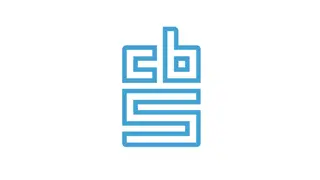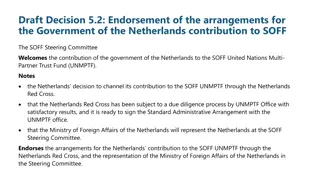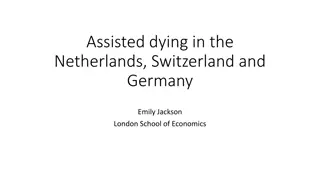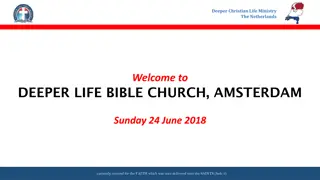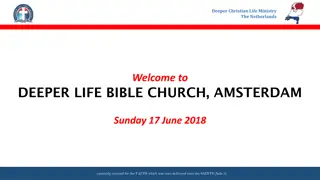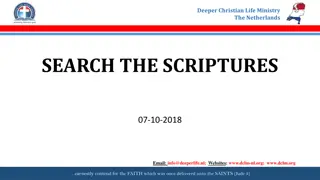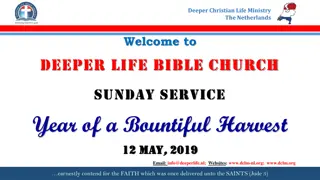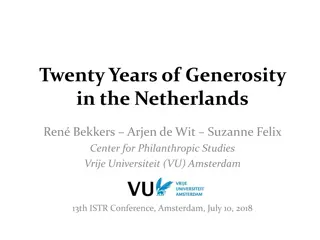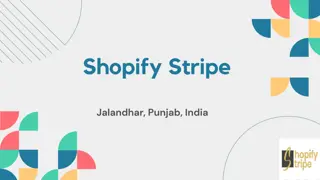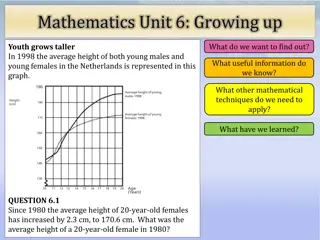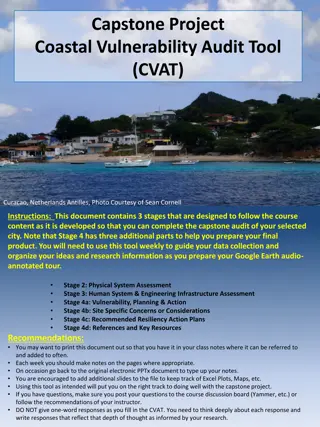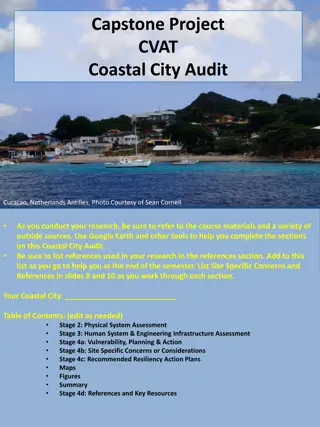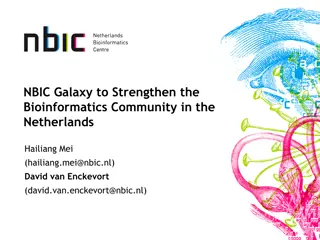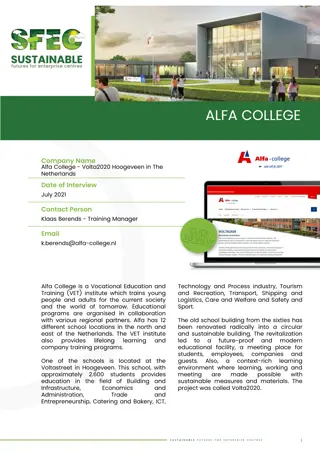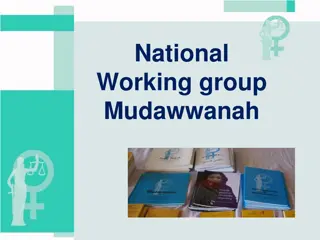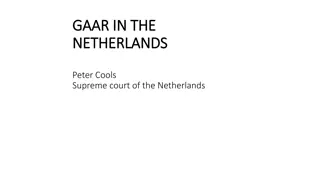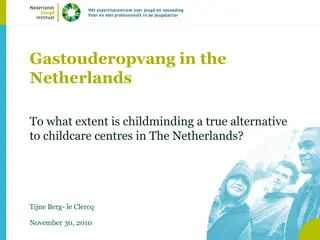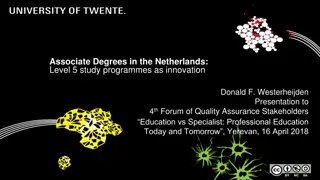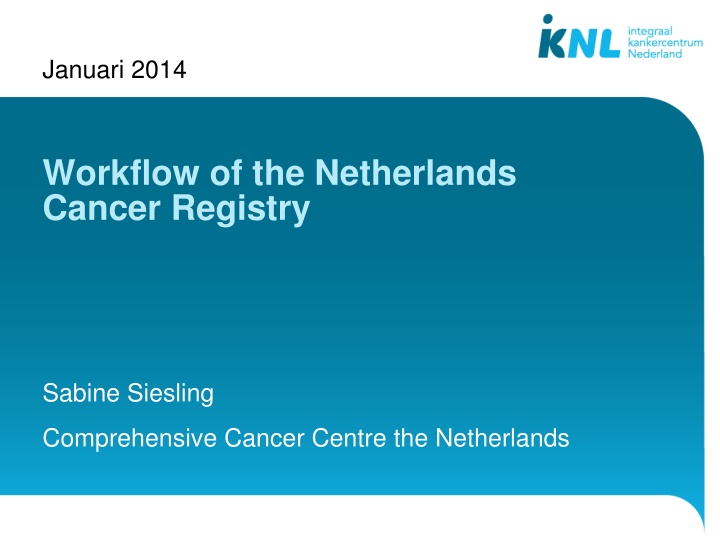
Cancer Registry Workflow in the Netherlands
Explore the comprehensive cancer registry workflow in the Netherlands, detailing data collection from patient files, diagnosis, treatment, and specialized protocols for certain tumor sites.
Download Presentation

Please find below an Image/Link to download the presentation.
The content on the website is provided AS IS for your information and personal use only. It may not be sold, licensed, or shared on other websites without obtaining consent from the author. If you encounter any issues during the download, it is possible that the publisher has removed the file from their server.
You are allowed to download the files provided on this website for personal or commercial use, subject to the condition that they are used lawfully. All files are the property of their respective owners.
The content on the website is provided AS IS for your information and personal use only. It may not be sold, licensed, or shared on other websites without obtaining consent from the author.
E N D
Presentation Transcript
Januari 2014 Workflow of the Netherlands Cancer Registry Sabine Siesling Comprehensive Cancer Centre the Netherlands V i a B e e l d | K o p t e k s t e n v 1 1
Netherlands 17 million inhabitants >100,000 new cancer cases per year 97 public hospitals in total 8 university hospitals 1 specialized cancer hospital 28 Educational hospitals 8 regions (former Cancer Centre regions> networks)
Netherlands Cancer Registry 95 hospitals in the Netherlands
Notification PALGA> pathology report < 3 weeks first registration < 9-12 months Data on patient, tumour, treatment, co-morbidity Ones a year Vital status > linkage with the national municipality registry
Items gathered directly from the patient files Patients data Diagnostics (some tumours) Tumour data - ICDO - Morphology - # lymph nodes, # positive lymph nodes - Stage in (c and p) TNM (if applicable) Treatment data - For some tumours in detail
Specialities For some tumour sites (breast cancer) we gather recurrence of disease within 5 years after diagnosis In retrospect From patient files (not only pathologically confirmed recurrences) With treatment data
Flow annotation Items & Possible remarks Agreed indicatorset Annotation question Task list selection Tasklist specialist remark Tasklist Registrar Change the record Agreed indicatorset discussion (partly )no changes
Annotation Remark is possible per item - internal (for other registrar) - External (for clinician)
Change of practice change the work of the registrars in future in several ways: more dialogue with clinicians more monitoring function more insight in the use of the data More up-to-date work (deadline) which all can all improve the data.


